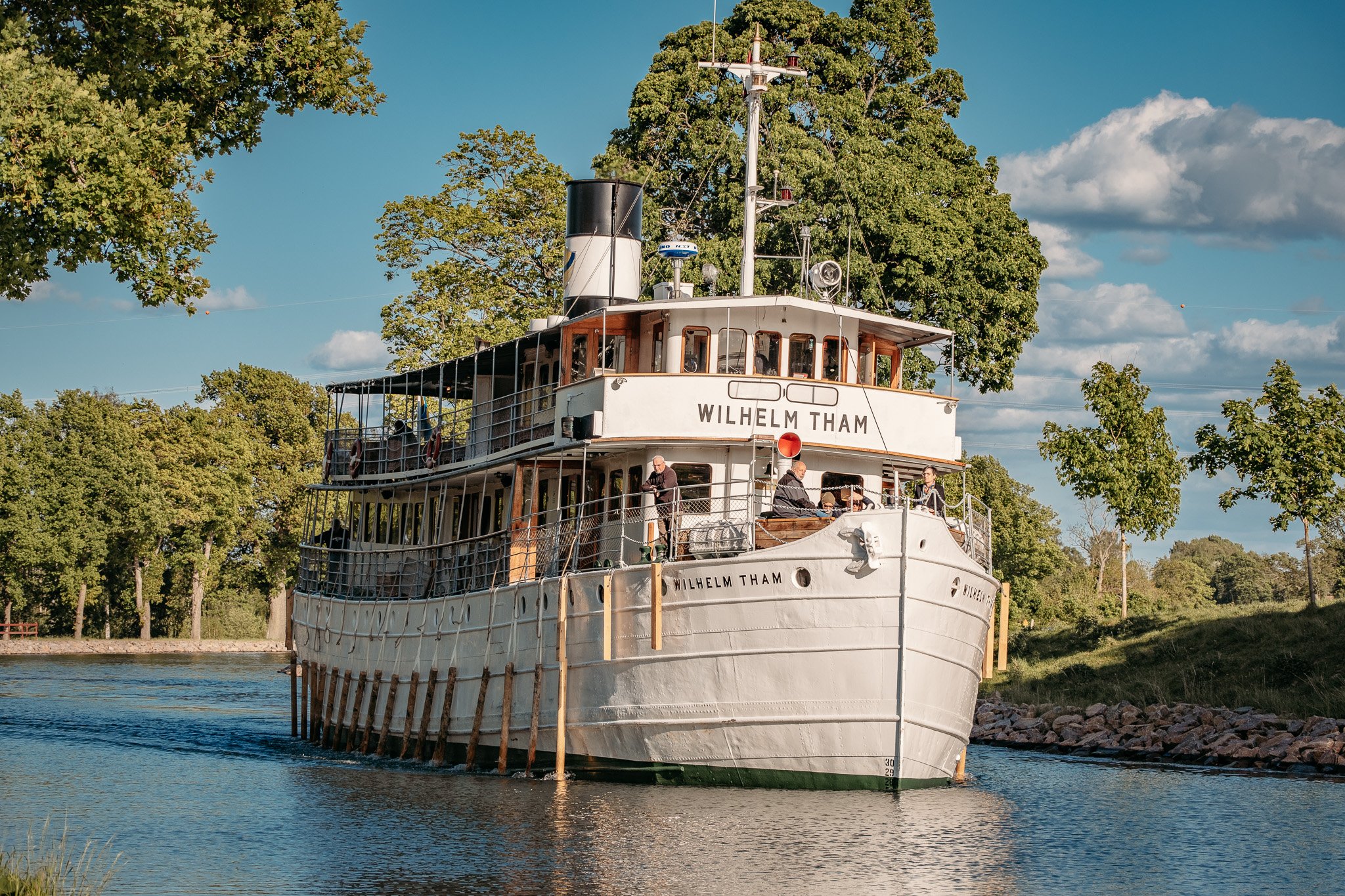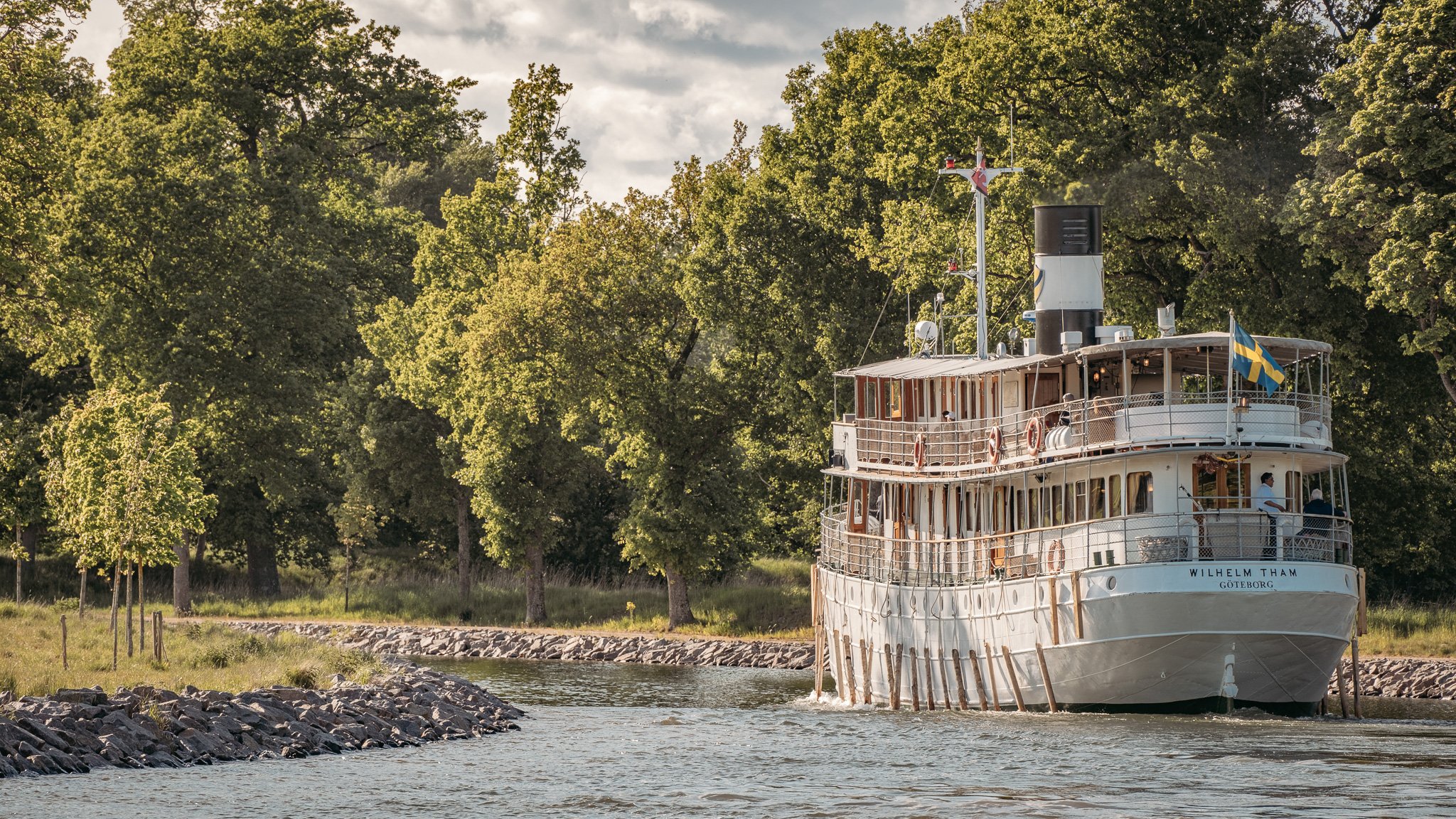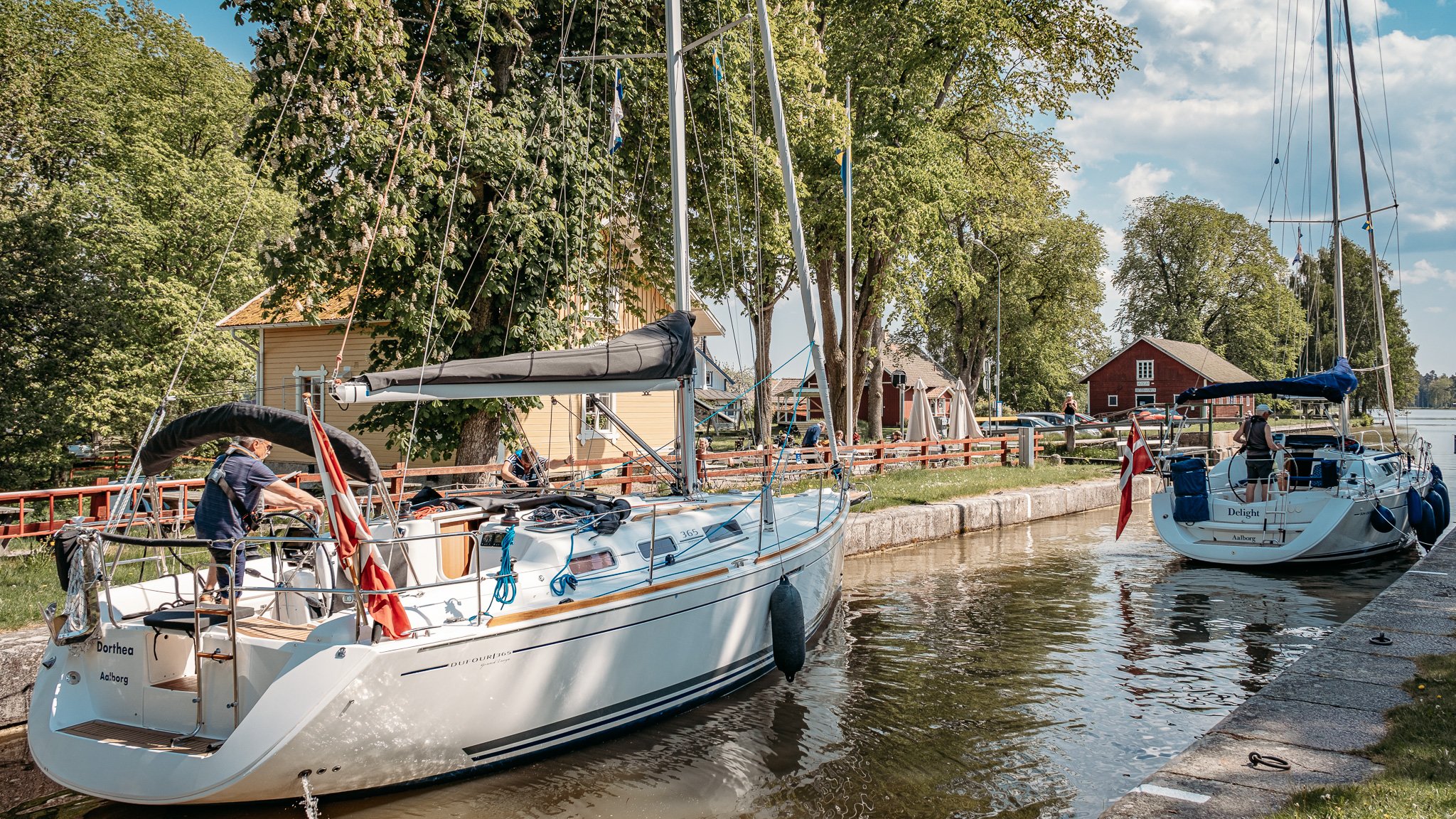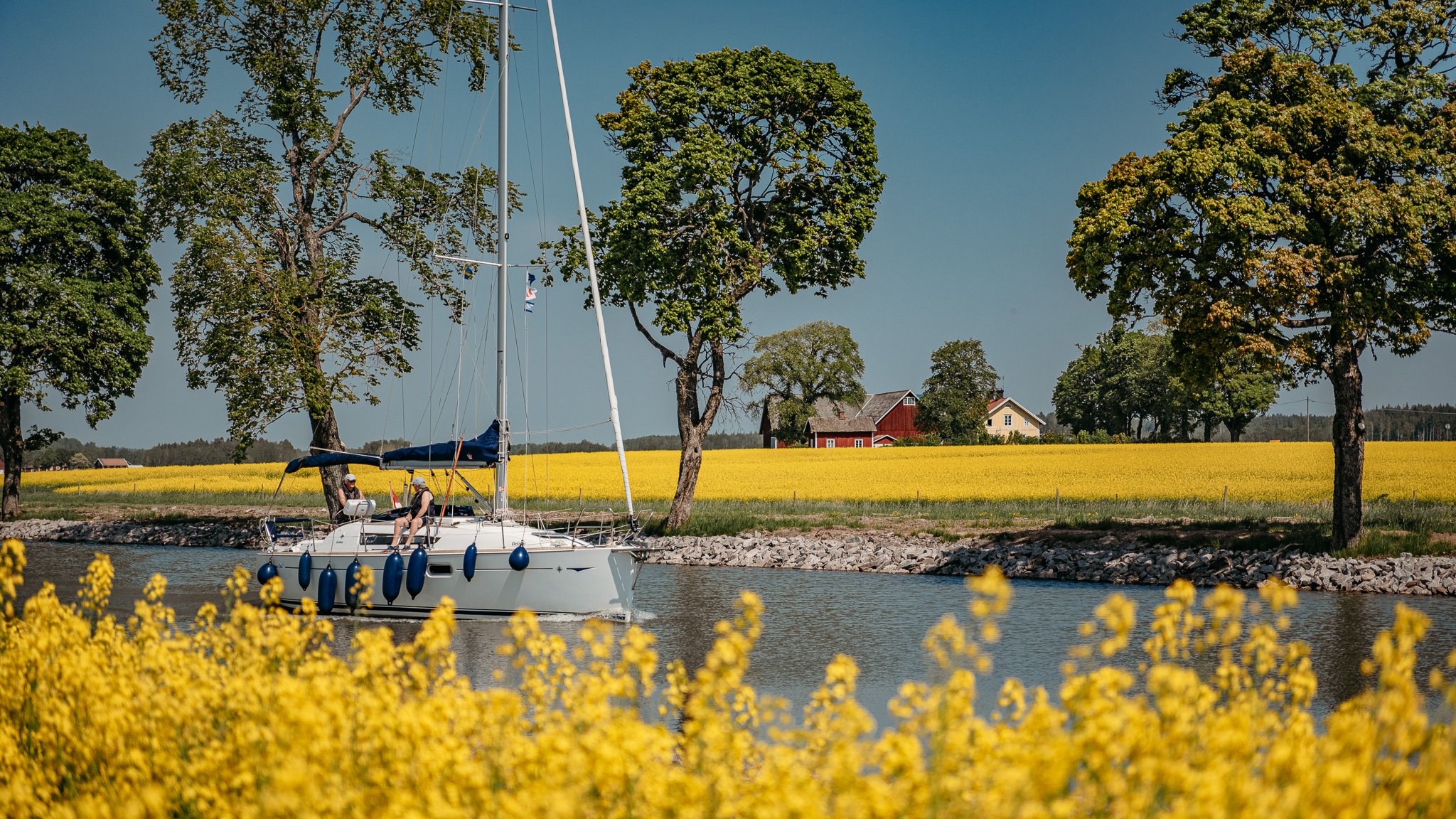Göta Canal - Sweden's Blue Ribbon
Göta Canal, Lyrestad, Sweden
The Göta Canal is one of Sweden's most popular attractions. It is ideal for an unforgettable canal trip across Sweden and for cycling on the car-free towpaths that run along the Göta Canal.
Photographer: Roland Steffen - Gear: FUJIFILM XH2. Pictures not to be used without my explicit permission.
The Göta Canal is often referred to as Sweden's blue ribbon. The 19th century canal connects Lake Vänern in western Sweden with Lake Vättern and ends - or begins, depending on how you look at it - on the east coast. In total, it stretches 190 kilometers from the town of Sjötorp to Mem. Today, the Göta Canal is one of Sweden's most popular tourist destinations.
With a length of 190 kilometers and a total of 58 locks, the Göta Canal is one of the largest construction projects in the history of Sweden. The Göta Canal stretches from Sjötorp on Lake Vänern to Mem on the Baltic Sea, and 87 kilometers of this stretch were dug by hand.
About the Göta Canal
Client: Baltzar von Platen
Construction period: 1810 - 1832
Inauguration: September 26, 1832
Construction costs: Nine million riksdaler
Personnel: 58 000 soldiers
Length of the canal: 190 km
Number of locks: 58
M/S Wilhelm Tham - the second oldest ship on the Göta Canal
MS Wilhelm Tham - the second oldest ship
Just like the M/S Juno, the M/S Wilhelm Tham was built in the traditional Motala shipyard, but unlike the older M/S Juno it was completed in 1912. Today, the ship has a total of 25 cabins spread over three decks, offering space for about 50 passengers. The dining room and saloon are located on the intermediate deck (shelter deck). The so-called bridge deck with the covered quarterdeck offers a sheltered view of the passing Swedish landscape in any wind and weather.
M/S Wilhelm Tham - It takes her a total of six days from Stockholm to Göteborg.
Dug by 58 000 soldiers
Construction of the Göta Canal began in 1810, after King Charles XIII finally granted his building permit. The builder was Baltzar von Platen, who was assisted by Thomas Telford, one of the most important canal engineers in Europe. For the practical implementation of the project, a total of 58,000 Swedish soldiers from 16 regiments were deployed, who completed the construction in approximately 7 million 12-hour working days. For the most part, the canal was dug by hand with the help of tin-covered wooden spades. The total cost of the Göta Canal was nine million riksdaler, which is roughly equivalent to 15.2 billion Swedish kronor today.
One or the other motorist will certainly be surprised when a ship suddenly passes above the bridge.
Inauguration in 1832 in Mem
The Göta Canal was inaugurated on September 26, 1832, in the presence of the Swedish King Karl XIV Johan and his family in the Swedish village of Mem on the Baltic Sea. Baltzar von Platen unfortunately did not live to see the crowning of his life's work, as he died three years before its completion.
For day tourists also current passenger ships, such as the Bellevue, sail on the Göta Canal.
In the locks there is time for a chat
However, the majority of boats are private yachts that sail the Göta Canal from Götheburg to Stockholm or vice versa during the summer months.
Two yachts from Aalborg, Denmark
Bergs Slussar
Sluice stairs on the Göta Canal in Berg
Bergs Slussar is the largest lock staircase (seven stairs!) on the Göta Canal and also one of the most famous technical structures in Sweden. The imposing, almost one kilometer long lock is a well-visited sight in the small village of Berg on Lake Roxen, about 10 kilometers north of Linköping.
It takes time and a lot of patience to get over the seven lock staircases in Berg until you sail into lake Roxen.
Göta Canal, Lyrestad, Sweden
Probably the most famous hotel along the Göta Canal - The Göta Hotel in Borensberg was built in 1908.
At the water locks there are always charming, small restaurants that simply invite you to linger. As for example here in Hajstorp, Lyrestad. Here are also many cyclists on the road, because parallel to the channel is a well-developed bike path.
Everything reminds of the good old days in Sweden!
„Delicious cheesecake and watching the hustle and bustle in the water locks of the Göta Canal - what more could you want?“












